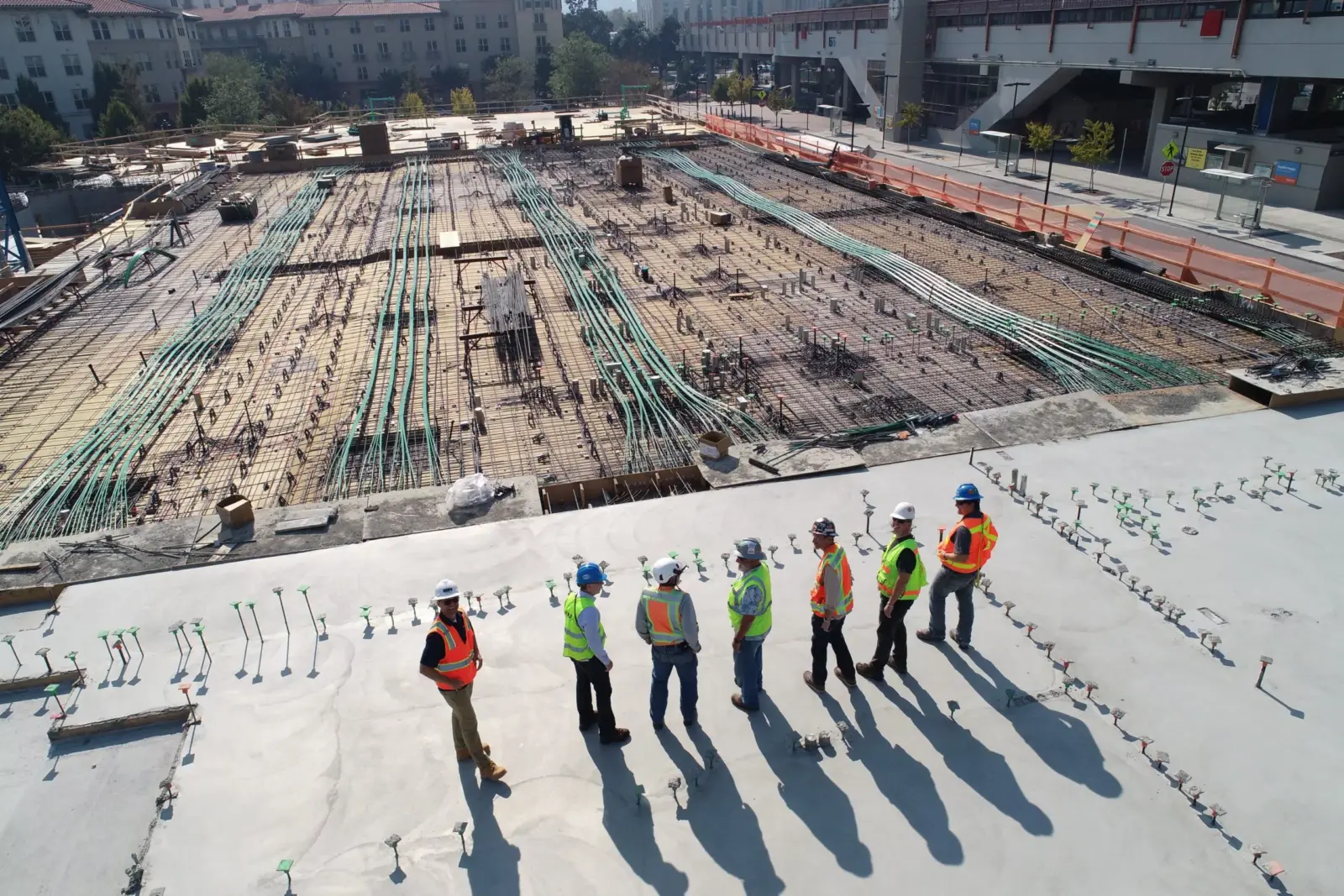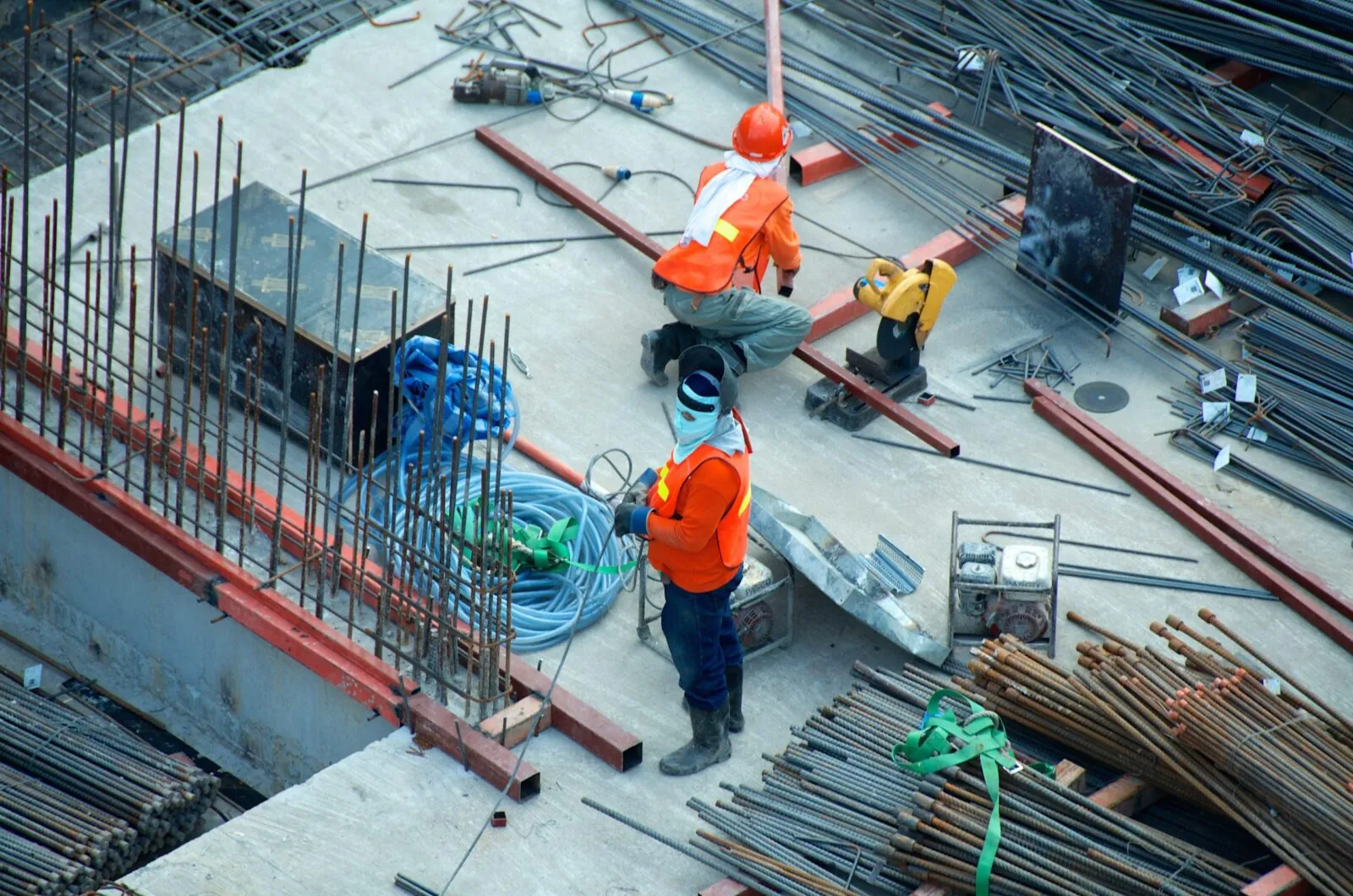
Insolvency & Rescue Solutions for the Construction Sector
Construction looks to be experiencing a boom time in the UK. Trade body, the Construction Products Association, has predicted activity will rise 13.7% in 2021, year on year, and 6.3% in 2022.
Many areas of the UK are also seeing far more housebuilding activity – in the first three months of 2021, 49,470 new build homes were built in England, which is the highest figure in over 20 years and a 4% rise from the last three months in 2020.
But, while this is outwardly good news, and the government is committed to ‘building back better’, the sector is also volatile – figures to 30 June 2021 showed that the sector had the highest number of insolvencies (over the previous 12 months ) in the UK.
Here at Company Debt, we have significant experience in both closing and restructuring construction businesses. Get in touch for a free, no obligation discussion about your situation with one of our licensed insolvency practitioners.
Construction Sector Pressure Points




What are the Reasons for Construction Sector Insolvency?
Construction firms can be highly geared, often affected by cashflow problems and there is also the ‘domino effect’ – this is when a large firm delays paying numerous smaller contractors.
The sector will also face additional pressures caused by a marked shortage of skilled workers, such as bricklayers and carpenters, with many of these returning to the EU.
This means some construction firms are unable to fulfil work and they may be also affected by major infrastructure projects, such as HS2, which has attracted worker and is fuelling labour shortages.
Further a tougher immigration policy is encouraging firms being encouraged to employ UK workers – but, are there enough. There is also a perception that young people don’t want to work in construction and some 500,000 UK-born construction workers are expected to retire in the next 10 to 15 years.
Meanwhile, there are further problems caused by materials shortages, including timber, roof tiles and cement, which have been exacerbated by Brexit and the pandemic.

Knowledge – Insight – Solutions
We are fully licensed and accredited insolvency practitioners based in north London, and with decades of combined partner experience in helping directors find positive solutions to business challenges.
Our goal is first to understand your situation as fully as we can, and then to explain the range of options available to you.
We focus on practical advice, without jargon. We practice total transparency around costs and fee structures. Our wish is to support you as fully as possible so that you can emerge from this situation in the best possible situation.
As a first step, simply book in a call with one of our team to learn more about our approach, and to take advantage of a fee consultation that carries no obligation.
Book My Consultation
If you need an experienced insolvency practitioner or business rescue specialist, seek advice now.
- Your free consultation will be led by one of our experienced London insolvency practitioners
- You can speak via phone, online meeting or in person so that we can listen carefully to the facts about your situation
- The team will provide a preliminary view of the likely best outcome, proposed strategy, and the likely cost
- We specialise in helping limited company directors needing immediate professional debt advice
Construction Sector Pressure Points



What are the Reasons for Construction Sector Insolvency?
Construction firms can be highly geared, often affected by cashflow problems and there is also the ‘domino effect’ – this is when a large firm delays paying numerous smaller contractors.
The sector will also face additional pressures caused by a marked shortage of skilled workers, such as bricklayers and carpenters, with many of these returning to the EU.
This means some construction firms are unable to fulfil work and they may be also affected by major infrastructure projects, such as HS2, which has attracted worker and is fuelling labour shortages.
Further a tougher immigration policy is encouraging firms being encouraged to employ UK workers – but, are there enough. There is also a perception that young people don’t want to work in construction and some 500,000 UK-born construction workers are expected to retire in the next 10 to 15 years.
Meanwhile, there are further problems caused by materials shortages, including timber, roof tiles and cement, which have been exacerbated by Brexit and the pandemic.
Knowledge – Insight – Solutions
We are fully licensed and accredited insolvency practitioners based in north London, and with decades of combined partner experience in helping directors find positive solutions to business challenges.
Our goal is first to understand your situation as fully as we can, and then to explain the range of options available to you.
We focus on practical advice, without jargon. We practice total transparency around costs and fee structures. Our wish is to support you as fully as possible so that you can emerge from this situation in the best possible situation.
As a first step, simply book in a call with one of our team to learn more about our approach, and to take advantage of a fee consultation that carries no obligation.
Book My Consultation
If you need an experienced insolvency practitioner or business rescue specialist, seek advice now.
- Your free consultation will be led by one of our experienced London insolvency practitioners
- You can speak via phone, online meeting or in person so that we can listen carefully to the facts about your situation
- The team will provide a preliminary view of the likely best outcome, proposed strategy, and the likely cost
- We specialise in helping limited company directors needing immediate professional debt advice




